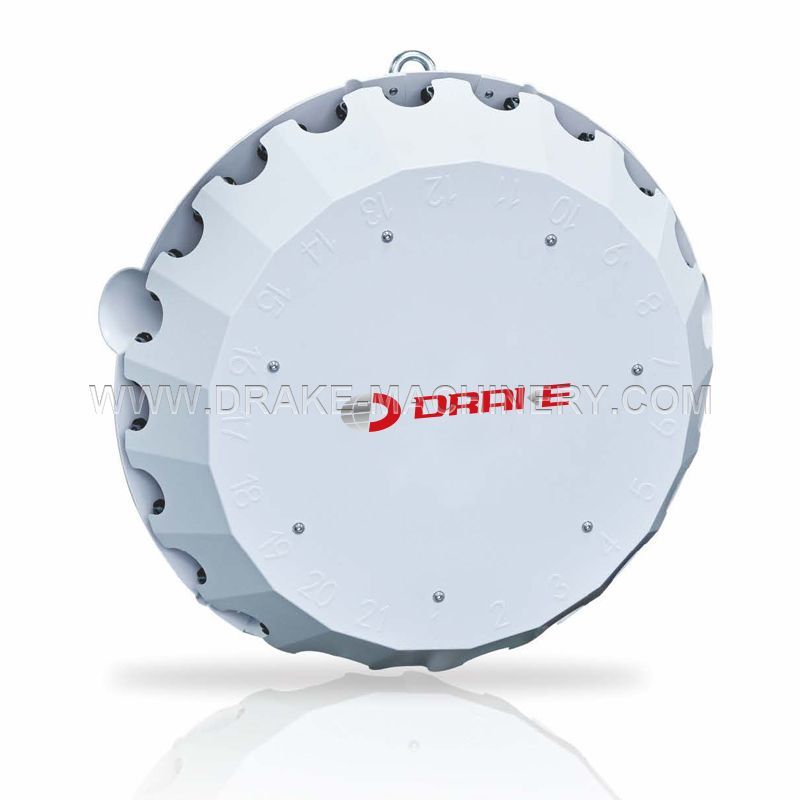Quick Change Tooling: Advantages and Considerations for CNC Magazine Systems
In the world of CNC machining, efficiency and precision are paramount. Quick change tooling has revolutionized the industry, providing a faster and more convenient way to switch between tools during machining processes.
Advantages of Quick Change Tooling
Reduced Downtime: One of the primary benefits of quick change tooling is the significant reduction in downtime during tool changes. Traditional manual changes can be time-consuming, but quick change systems allow for swift exchanges, optimizing machine utilization.
Enhanced Precision: Quick change tooling systems are designed for accuracy and repeatability. This precision ensures that each tool is placed exactly where it needs to be, minimizing errors and improving the quality of the final product.
Versatility: CNC machines are often tasked with a variety of operations. Quick change tooling enables the use of multiple tools in a single machining cycle, expanding the machine's capabilities without requiring manual intervention.
Cost Efficiency: While the initial investment in quick change tooling may be higher, it pays off in the long run. Reduced downtime and increased efficiency lead to cost savings and improved overall productivity.
Considerations for Implementing Quick Change Tooling
Machine Compatibility: Quick change tooling systems are not universal. Ensure that the system you choose is compatible with your CNC machine's make and model. Some systems are machine-specific.
Tool Holding Mechanism: Different quick change systems use various tool holding mechanisms. Common options include collet chucks, hydraulic chucks, and HSK (Hohl-Shaft-Kegel or hollow shank taper) tooling. Choose the mechanism that best suits your application.
Tool Length and Diameter: Consider the size and type of tools your application requires. Quick change systems may have limitations in terms of tool length and diameter. Ensure the system can accommodate the tools you need.
Maintenance and Calibration: Quick change systems need periodic maintenance and calibration to ensure proper function. Make sure your team is trained to maintain and adjust the system as needed.
Tool Identification: Implement a robust tool identification and tracking system. Quick change tooling makes it easy to switch between tools, but it's essential to keep track of tool specifications, wear, and replacement schedules.
Safety: Quick change systems involve moving parts and high-speed machinery. Safety should be a top priority. Implement safety procedures and provide proper training to operators.
Quick change tooling within CNC magazine systems offers a multitude of advantages, from reduced downtime and enhanced precision to cost savings and improved versatility. However, implementing these systems requires careful consideration of compatibility, tool holding mechanisms, maintenance, and safety. When integrated thoughtfully and with the right considerations in mind, quick change tooling can transform your CNC machining operations, providing a competitive edge in the industry.
- Previous: How Do I Choose a Weldon End Mill Holder?
- Next: None


